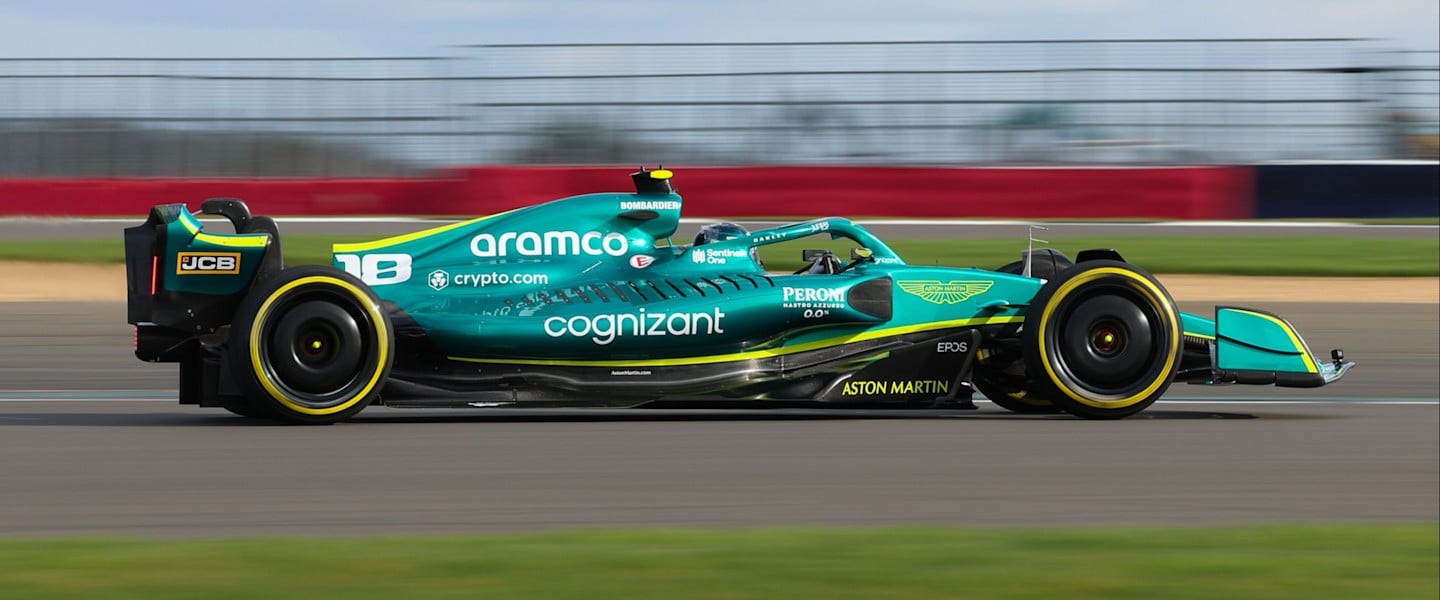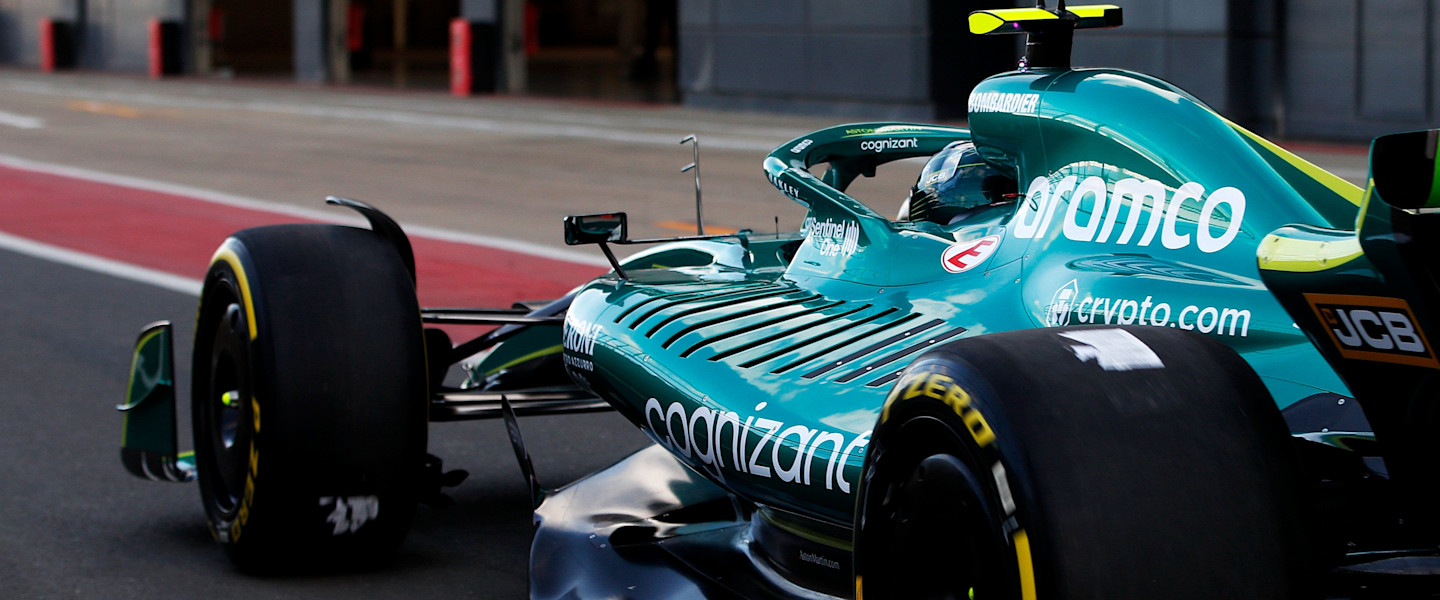
With reams of data and insight to come in pre-season testing next week, we're bringing you the lowdown into the six key areas of Formula One's technical revolution.
First up: the car design philosophy. After years of technical stability, F1 has revolutionised its car design rules.
Sleeker, futuristic and targeting improved racing, development work this winter has been one of the most rewarding and complex operations in Team Silverstone's history.
The path to the new era of F1 has been a long one – impacted by COVID-19, which delayed the introduction of the ruleset by a year – and has involved F1's in-house Motorsports team working in collaboration with the FIA.
The ruleset is a break from the past, with the focus on creating better racing. The focal point? Tackling 'dirty air'.
This issue has been addressed by changes across the regulations, from a more simplistic aero package compared to its predecessors through to the way air is funnelled through areas such as the wheels.
Andrew Green, Chief Technical Officer at Aston Martin Aramco Cognizant Formula One™ Team and involved in every stage of the AMR22's design and build, gives his take on F1's goals having thoroughly reviewed them throughout the development process.
"I believe that there are three main drivers for this regulation change," he says. "The first is a general simplification of the regulations to reduce the development ground of the car, allowing teams to better compete against each other.
"Creating less development scope and simplifying the car will hopefully lead to a closer grid.
"F1 is also trying to reduce the cost of the cars by simplifying a lot of the areas. Reducing the cost is helping the teams out in that respect.
"Finally, the aerodynamic concept is aimed at helping the cars to run closer together and hopefully improve the racing."
To achieve those goals, tyres are crucial. One of F1's long-running debates has been the role of tyres in racing: should the tyres degrade and challenge drivers to manage performance, or should they allow flat-out racing?
F1, in tandem with Pirelli, has opted to create tyres that allow drivers to push harder for longer while still challenging their management skills.
AMR22: Tech insights
The new era of Formula One has arrived. Designed to produce better racing, and heralding the return of ground effect, the AMR22 represents F1's biggest design revolution in decades.

Unsurprisingly, there's a limited carryover from the 2021 cars into the 2022 designs, but there's continuity in the power unit: F1 has committed to the 1.6-litre V6 turbo hybrid until the end of 2025.
However, there has been an increase in the use of biofuels while F1 continues to work towards using fully sustainable fuel in the future.
The drive to improve racing comes alongside the continued push by F1, the FIA and the teams to improve safety standards.
The 2022 cars will feature advances based on lessons learned from recent incidents, most notably Romain Grosjean’s incident in the 2020 Bahrain Grand Prix.
This has been F1's most thorough and intense regulation design yet, and the challenge has begun for the drivers and teams.
Last year, F1 confirmed it had already run over 7,500 simulations – the equivalent of 16.5 million hours – across hundreds of set-ups to hone the concept.
Access I / AM to get closer to the team.



































